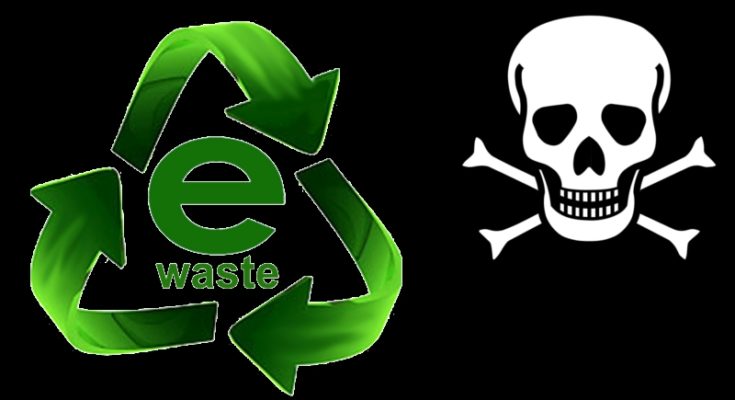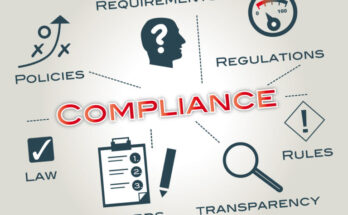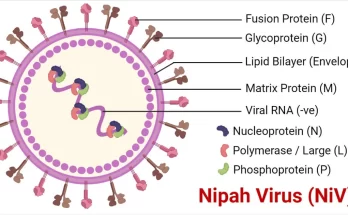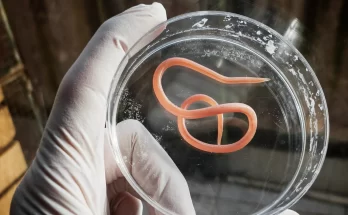Central Environmental Authority under the guidance of President Maithripala Sirisena initiated the ‘National polythene, plastic and electronic waste prevention week’ on 24th October with the view to encourage general public to hand over disposing polythene, plastic and electrical and electronic waste to the main collection centers established at the district levels.
In this article the Sri Lankan Scientist aim to discuss the importance of managing E waste in a proper manner to reduce it’s negative and adverse impacts on environment and publich health.
E Waste?
Modern day world evolves much faster than it was a decade before. With more and more novel technologies coming in to our markets, most of the gadgets we use become outdated faster than ever before. So every year we throw away millions of equipments and gadgets globally as thrash. Nowadays most of these thrash are electronic equipments that include TVs, Mobile phones, Computers…..etc. These discarded electrical or electronic devices are commonly called as e-waste or electronic waste and have become a global issue as some of the e waste are disposed directly to the environment causing widespread environmental problems.

Even though almost all the electronic equipments are recyclable it’s learnt that only 40% of the e waste is being recycled globally and the rest (60%) is disposed in to the environment.
A Special Problem for Developing Countries
Most of the developed countries export their electronic thrash to developing nations. And people in those developing nation expose themselves to very dangerous levels of toxic in handling these out dated electronic equipments. Specially the lack of knowledge in these countries about the toxic they are dealing with simply maximize this problem. In some African countries you can see kids working on e waste dumping sites without knowing the dangers of these toxic chemicals. The processes of dismantling and disposing of electronic waste in developing countries lead to a number of environmental impacts. Liquid and atmospheric releases end up in bodies of water, groundwater, soil, and air and therefore in land and sea animals – both domesticated and wild, in crops eaten by both animals and human, and in drinking water.
E Waste and Sri Lanka
According to UNDP Sri Lanka produces around 70 to 75 metric tonnes of e waste annually. These include Cathode Ray Tubes (CRT), mobile phones, CFL bulbs, batteries, computers and computer accessories. All these equipments contain alarming levels of toxic compounds and heavy metal such as cadmium, arsenic, mercury and lead. Since most of the e waste is disposed without any proper safety precautions the toxic chemicals from these waste is directly released in to the environment polluting Soil, Water and Air. Once these toxic substances enter our body through food and water, they can cause numerous long term health impacts such as damaging the nerves system, kidney and vision etc.

Given below are some of the house hold items that cause major toxic problems around Sri Lanka
1. CFL bulbs – Fluorescent light bulbs contain a small amount of mercury sealed within the glass tubing. When a fluorescent bulb breaks in your home, some of this mercury is released as mercury vapour. The broken bulb can continue to release mercury vapour until it is cleaned up and removed from the residence.
2. Mobile phones – Mobile phones and accessories contain concentrations of toxic heavy metals or other metals including cadmium, lead, nickel, mercury, manganese, lithium, zinc, arsenic, antimony, beryllium, and copper. Most of these are heavy metals and considered Persistent (ie. don’t degrade in the environment) and Bioaccumulative (ie. build up in fatty tissue so can reach toxic levels over time) – a cadmium rechargeable cell phone battery can pollute 600,000 liters of water. That would mean that 3 such batteries can contaminate a swimming pool full of water.
3. Cathode ray tubes – Each CRT contains 5 to 7 pounds of lead, as well as cadmium, silver, gold, and other heavy metals and toxic compounds. Lab studies have shown the potential for these compounds and elements to leach out of the computer equipment into the landfill’s outflow and cause groundwater contamination.
What can We Do?
What needs to be done to counter the e waste threat to the Sri Lankan environment
1. Increase the awareness about the dangerous of unsafe disposal of e waste and encourage them to collect and send the e waste material for recycling, a school level approach to increase the awareness will be much more effective. And a main stream media too ca play a major role in this
2. Recycling – some of the e waste items are repairable and some can be used to extract chemicals and Metals, University level Research and Development process is needed to find novel ways and methods to recycle e waste in much more safer and effective ways
3. Introduce new technologies in E waste Recycling – Most of the time workers on e waste dumping sites dismantle equipments using their bare hands and very primitive technologies exposing themselves to the toxic hazards, so we have to introduce novel and much more safer technologies to recycle these e waste and minimize the environmental and health impacts of those toxic substances
4. Establish more E waste collection centres – Central Environmental Authority have already issued permits to Seven companies to collect e waste from around the country, But still the number of collection centres are not adequate enough to cover the country.
As a country Sri Lanka has to speedup the measures that have been taken to counter the E waste problem before it’s too late. And if we are dealing with this problem in the right way we would be able to generate considerable amount of income through a proper recycling process.





One Comment on “E Waste Management – a Novel Challenge for Sri Lanka”
Comments are closed.